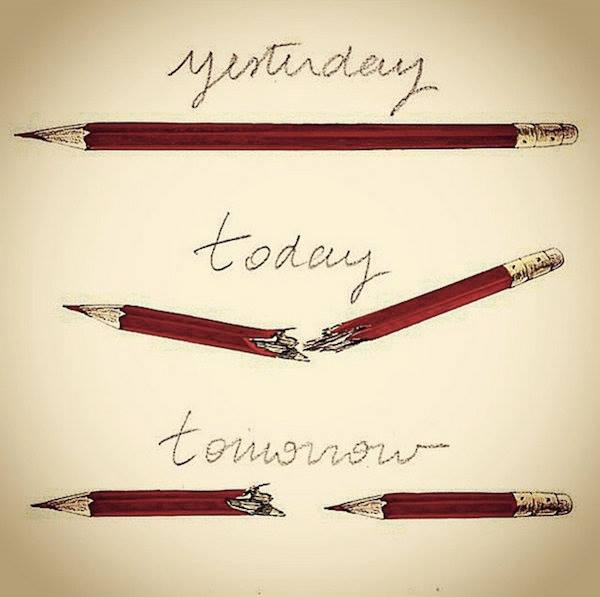LONDON FILM FESTIVAL, ”LA PLAYS ITSELF”
In the category of “Experimental”, films which, in one way or another tend to defy categorization, today’s entry was “LOS ANGELES PLAYS ITSELF”, a two hour and 49 minute celluloid essay on the way the city of Los Angeles has been presented in various Hollywood films over the years. The director of this homage to the City of Angels (and incidentally to little known ‘B’ movies shot in L.A.), Thom Andersen, was present to introduce the film and field questions from attendees who sat the whole thing out. By way of introduction, Mr. Andersen stated that there would be an intermission halfway through, so that he prefers to think of this lengthy work as a “double feature” in the tradition of the good old days when two films were presented for the price of one.
Among films referred to at some length are “Chinatown”, “Blade Runner”, “Double Indemnity”, “Rebel Without A Cause” and “L.A. Confidential”, with numerous excerpts from each, as well as countless other quickie inserts, a list of which would fill up this entire page. A continuous voice-over
commentary places the excerpts in historical, social and cultural context,
making the film more than a mere portrait of the city. Basically this is a
rather loose-jointed social history of the city as seen through the eye of the narrative camera. The film is structured into “chapters” treating the city as “Background”, “Character”, and “Subject” of the films in question.
There are also some very amusing excerpts from the famous Jack Webb (“Sergeant Friday”) TV series “Dragnet” of the mid fifties, in a major section dealing with the portrayal of the police in the City of Angels.
Among numerous historical themes explored are the devious ways in which public transportation and cheap housing projects were blocked turning the city ultimately into one of automobiles, freeways, parking lots and endless ex-uburbias. A major point of the film is the two-facedness of the city – the rich white Westside and the impoverished third world inner city. Another
predominant theme is the destruction of landmarks and the levelling of entire colourful neighbourhoods (notably, the old Bunker Hill District with its ancient funicular – the “shortest railway in the world”, and the setting for many films noir) to make way for a new high-rise down town of soaring glass skyscrapers. One of the great architectural monuments of the city, the cobalt blue Richfield Tower, now long gone, has been photographed copiously, but was only seen in one film, Zabriskie Point, by the Italian, Antonioni! The film is of great interest architecturally, showing numerous landmark buildings as they appeared in and out of films. One of the buildings most often used, in an amazing variety of incarnations, is the art deco Bradbury building down town, which is a major set in various guises in such films as “Blade Runner”, “DOA” and the film version of “Dragnet”, among others. L.A.’s beautiful Union Station (trains) served as the set for an airport in one film and L.A. Airport was a nightclub in another. A famous Frank Lloyd Wright home in the Hollywood Hills is an exotic set in a variety of films -- anyone familiar with the Los Angeles landscape will find this magnum opus an ode to urban nostalgia. Andersen ends his film with a rather sombre montage of the darker side of the city – scenes from the Watts riots of 1965 and excerpts from independent filmmakers of colour depicting the raw life of the outlying Ghettos. All in all, this is an impressive symphonic poem on film, however it is highly subjective, and somewhat disjointed, so that not all viewers may find themselves in agreement with some of the views expressed -- for example, the idea that Los Angeles does not have a distinctive face of its own and is therefore not as recognizable in films as New York. “LOS ANGELES PLAYS ITSELF” has thus far only been seen in a few festivals and one-shot screenings, but is expected to have a commercial release early next year.
Rots of ruck …
BY ALEX DELEON
 Chatelin Bruno
Chatelin Bruno 


























